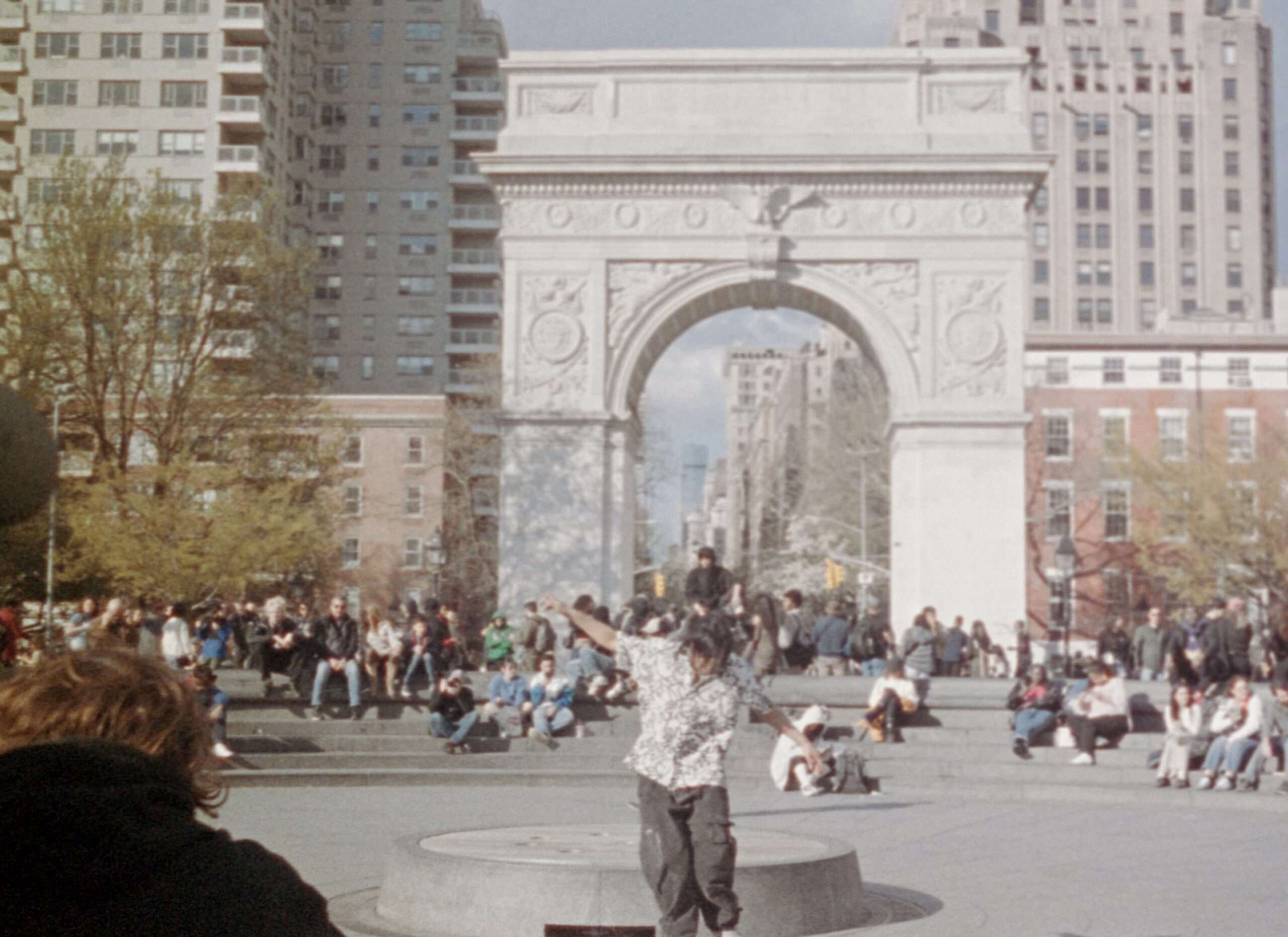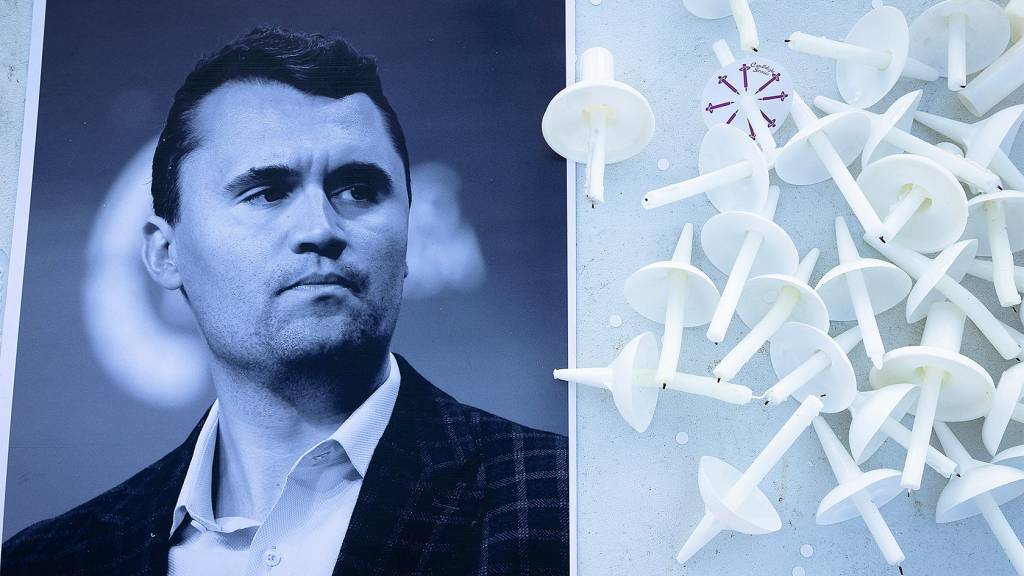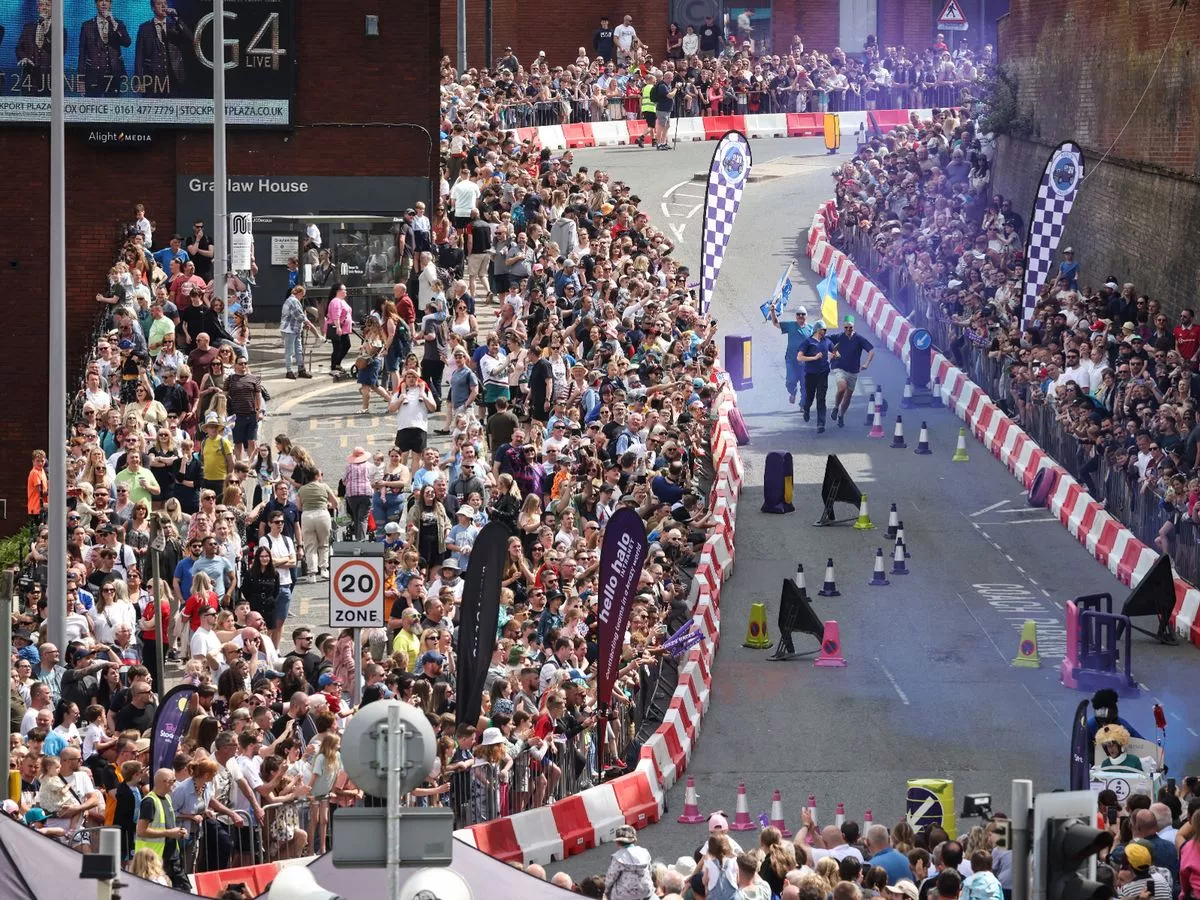By Matthew Petti
Copyright reason

Not all of James Bond’s gadgets were fictional. In the 1969 movie On Her Majesty’s Secret Service, Bond uses a strange-looking metal square to photograph supervillain Ernst Stavro Blofeld’s secret plans. The same metal square appears in the 2013 season of the Cold War–themed show The Americans, when an FBI asset is sent to copy documents in the Soviet Embassy.
The device is called a Minox subminiature camera—and it’s surprisingly easy to find. Although its products were commonly associated with spies, Minox produced hundreds of thousands of film cameras for civilian customers during the 20th century. They go for between $100 and $200 on the secondhand market today. The catch is finding and processing the bespoke 8 mm by 11 mm format film the camera uses.
These recent photos were taken with a Minox B camera, made in 1966, and developed by Blue Moon Camera and Machine in Portland, perhaps the only commercial lab in the U.S. that still processes Minox film. The process is a reminder of how much we take for granted in the age of smartphone cameras, and how resourceful people in the past were. Portable photography used to be difficult and limited to people possessing specialized resources.
The cameras were first made in 1936 by Latvian inventor Walter Zapp, a former photographer’s apprentice who became obsessed with making a camera “so small as to vanish in a clenched fist.” His devices quickly attracted the attention of governments, especially given the state of Europe at the time. Zapp’s first customer outside of Riga was a French diplomat, according to an article by Minox enthusiast Morris G. Moses, now archived on the CIA website.
The Soviet Union invaded Latvia in 1940, and Nazi Germany counterinvaded in 1941, taking over the Minox factory. The U.S. Office of Strategic Services hoarded whatever Minox cameras it could get its hands on. Its successor agency, the CIA, eagerly sought new Minox products after the war.
Zapp, an ethnic German, reopened his business in West Germany in 1945. Later models followed the same basic 1936 design, with a few additions. For example, the B model includes an automatic light meter powered by a photovoltaic cell—essentially a tiny solar panel. The postwar Minox models also come with a totally innocent measuring chain that happens to show exactly where the camera needs to be held to surreptitiously photograph a document.
The most famous real-life Minox user in America was John Anthony Walker Jr., a U.S. Navy officer who spied for the Soviet KGB. Walker used a Minox C camera, provided by his Soviet handlers, to copy hundreds of highly sensitive military documents. After catching Walker in 1985, the FBI released an infamous reenactment photo of Walker with his Minox camera in hand, its chain stretched towards a pile of papers.
The camera was infamous on the other side of the Iron Curtain as well. Oleg
Penkovsky, a Soviet military intelligence officer who spied for the CIA and MI6 during the Cuban missile crisis, was given several Minox cameras by his British and American handlers. When Soviet authorities raided Penkovsky’s apartment in 1963, his cameras (along with codebooks) were the smoking gun that gave him away as a spy.
Minox’s marketing department continued to advertise the subminiature camera as an innocent travel accessory. A magazine advertisement from 1972 shows Minox cameras stashed on top of a passport, inside an outdoorsman’s jacket, and on the waistband of a swimsuit. “More members of royalty, captains of industry, TV, film and sports stars, and ‘now’ people use Minox as their personal camera than any other precision camera,” it claims.
Zapp, who died in 2003, “always denied” that espionage was “the primary design goal of the camera,” according to Moses’ article. But the company did come to wink and nod toward its reputation as a supplier for secret agents. Another magazine ad from 1961 mentions that the Minox was “originally designed for undercover work.”
Although Minox stopped making film cameras in 2003, it later introduced an electronic model called the Digital Spy Camera. “Traditionally, when you think about Minox, you think about small spy cameras,” company representative Bruce Michelson said in a Digital Spy Camera commercial from 2012. “We’ve been making them for years and years. And that tradition continues today.”



